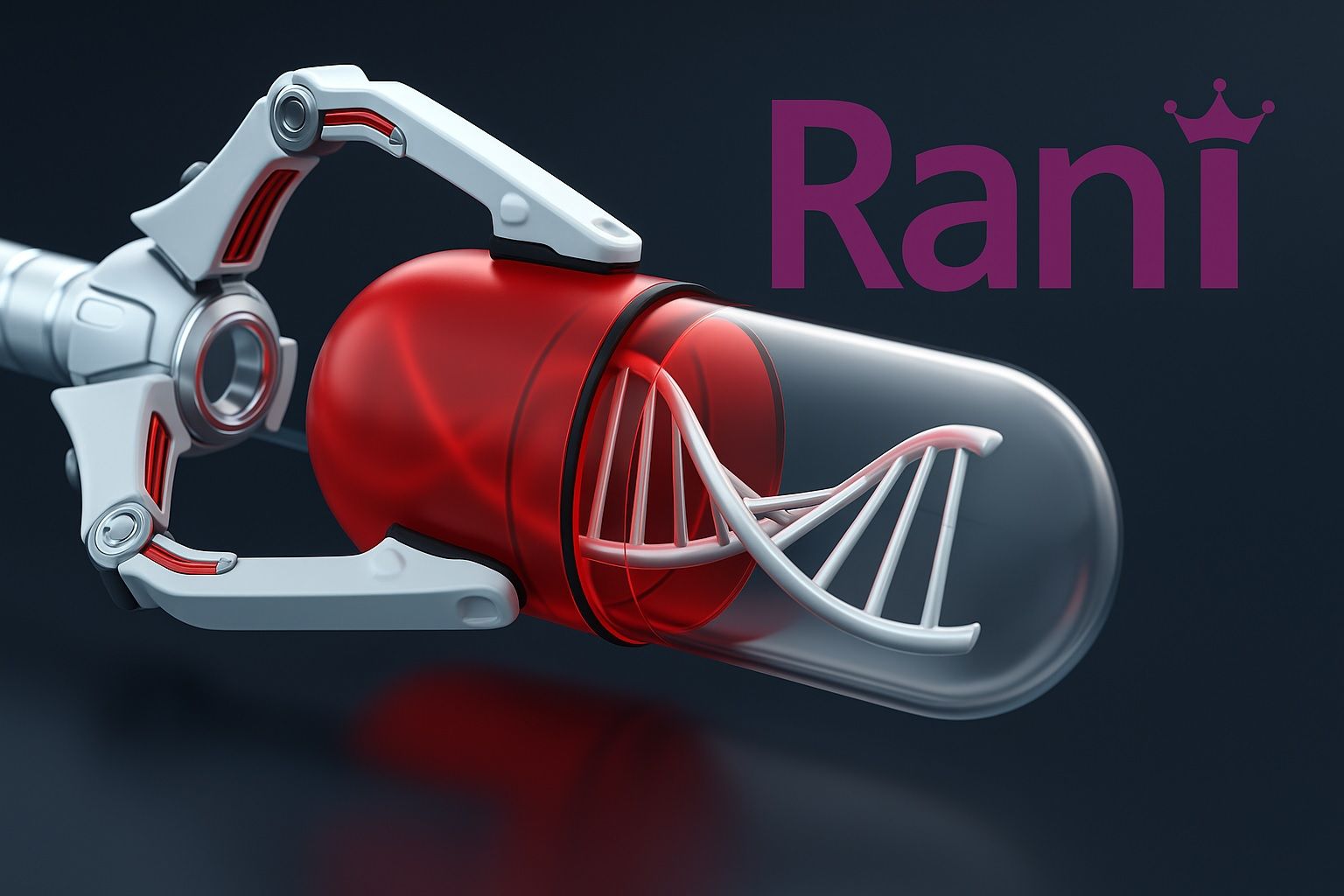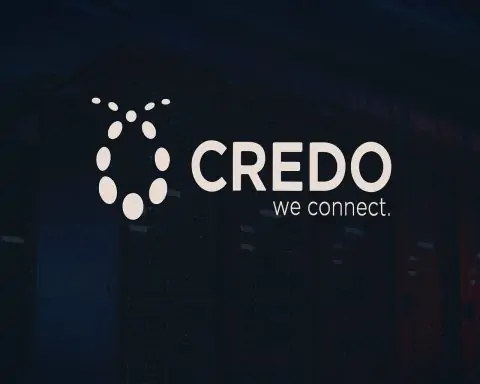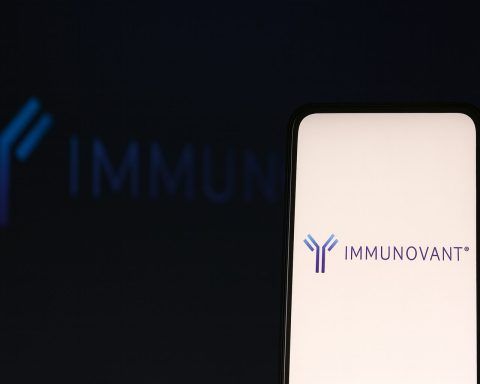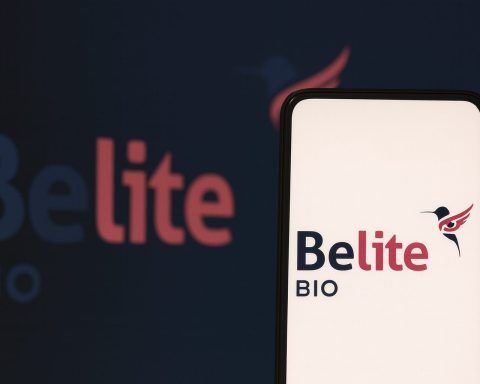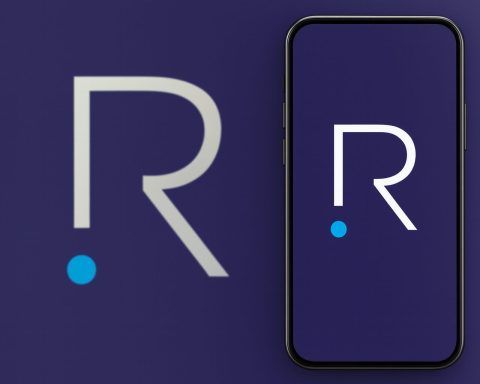- Oct 31, 2025 Close: $2.20 per share (Nasdaq) – up 51.7% that day [1]. Market cap about $158M [2].
- Recent High/Low: 52-week range roughly $0.39–$3.87 [3]. Stock saw extreme volatility: it was under $0.50 in mid-Oct, briefly topped $2.39 intraday on Oct 17 [4] [5].
- Major Deals: Announced a collaboration with Japan’s Chugai Pharma (Roche affiliate) worth up to ~$1.09 billion (upfront $10M + ~$175M milestones for first program, options on 5 more) [6] [7]. Also closed a $60.3M at-market equity raise with top biotech investors on Oct 23 [8] [9], bolstering cash.
- Pipeline Highlights: Clinical-stage oral drug platform RaniPill®. Key programs include RT-114 (oral GLP‑1/GLP‑2 dual agonist for obesity, Phase 1 imminent [10] [11]) and RT-102 (oral PTH analog for osteoporosis, Phase 2 planned after strong Phase 1 bioavailability results [12]). Recently announced preclinical data on RT-116 (oral semaglutide in dogs) will be presented at ObesityWeek 2025 [13] [14].
- Analyst View: Wall Street is bullish. H.C. Wainwright just initiated coverage with a Buy and $11 price target [15]. Average one-year targets are now around $10–11 (300–450% above current) [16] [17]. Consensus rating is “Strong Buy.”
- Insider Support: Founder Mir Imran (Exec. Chairman) personally bought ~2.08M shares ($1.25M value) on Oct 27 [18], signaling confidence. Two new board members from lead investors (Samsara, Anomaly) were also appointed in late Oct [19].
Stock Price and Recent Performance
RANI has seen explosive moves this month. As of the Oct 31 close, Rani Therapeutics stock was $2.20 (up $0.75, +51.7%) [20]. This follows a monumental rally: on Oct 17, RANI nearly tripled from ~$0.47 to an intraday high of $2.39 (+248%) [21] [22] after the company announced the Chugai collaboration and financing. Even after that spike, RANI remained volatile – it spent mid-October around $1.50–2.50, briefly crossing Nasdaq’s $1 bid threshold and greatly lifting its market cap. Volume has been extremely high: for example, ~172 million shares traded on Oct 20 and ~124 million on Oct 21 [23], versus an average of only ~14 million in prior months [24]. In recent days, RANI dipped as low as ~$1.42 (Oct 30 low) but rebounded sharply on Oct 31. Year-to-date the stock is still well off its 2021 highs, but the October news has put it in breakout mode.
Recent News and Events
Several catalysts drove the recent moves. On Oct 17, 2025, Rani announced a landmark licensing agreement with Chugai Pharmaceutical: an up to $1.09 billion deal for an oral biologic program (10M upfront + up to $175M in development/sales milestones for the first drug, plus options on 5 more) [25] [26]. At the same time Rani disclosed a heavily oversubscribed $60.3M private placement at $0.48/share (with warrants) led by Samsara BioCapital (with RA Capital, Anomaly and others) [27] [28]. Together these moves greatly extend Rani’s runway (management says the cash plus an $18M Chugai milestone should fund operations into 2028 [29]).
In late October, Rani announced key leadership and board changes. On Oct 23 it appointed biotech veterans Abe Bassan and Vasudev Bailey, Ph.D. to the board (representing investors Samsara and Anomaly) as two prior directors stepped down [30]. Also on Oct 23, Rani confirmed the closing of the $60.3M financing [31]. Then on Oct 27, Rani’s founder Mir Imran disclosed he bought 2,083,334 shares ($1.25M) at roughly $0.60 each [32].
Most recently, on Oct 30 Rani announced it will present new preclinical data at ObesityWeek 2025 (Nov 4–7). The abstract shows that an oral semaglutide (RT-116) delivered via Rani’s capsule in dogs is bioequivalent to injections and produces similar weight loss [33]. This data was released just before market open Oct 31 and likely helped fuel the 51% jump that day. (No FDA approvals or revenue announcements – Rani is pre-commercial – but pipeline milestones are the focus.)
Expert Commentary, Forecasts and Market Sentiment
Analyst and media sentiment on RANI is strongly positive. Following the Chugai deal, H.C. Wainwright initiated coverage (Oct 21) with a Buy rating and $11 target, citing Rani’s innovative RaniPill platform, the Chugai pact, and the upcoming RT-114 obesity program [34]. Similarly, Maxim Group (Oct 20) raised its RANI target from $5 to $10 (Buy) based on the Chugai collaboration and fundraising. Overall, Wall Street’s consensus is bullish: all covering analysts rate it a Buy (average 12‑month target ~$7–$11) [35] [36] – implying 200–400% upside. For example, Nasdaq (via Fintel) notes the average target is now $10.71 [37], about 467% above late-Oct stock. Institutional interest has also ticked up: the number of funds holding RANI rose slightly in Q3, and total institutional shares jumped ~75% recently [38].
However, experts caution about the stock’s risk. RANI is a volatile micro-cap with no product revenue yet – losses have been steep. Financial sites note that until recently analysts saw RANI as an undervalued “penny” biotech [39], but now with a massive gap between valuation and targets. Tech-focused sentiment analysis (e.g. TipRanks Spark) still flags RANI as “Underperform” due to its negative P/E and drawdowns [40]. Traders warn that after such a parabolic surge, profit-taking and pullbacks are likely in the short term [41]. In sum, most experts are optimistic on Rani’s long-term prospects (high targets, bullish catalyst timeline), but the stock is extremely sensitive to news and remains risky.
Technical and Fundamental Analysis
Fundamentally, Rani is an early-stage biotech burning cash on R&D. Q2 2025 results (Aug) showed ~$10.2M cash on hand (down from $27.6M a year prior) [42], and a net loss of $11.2M for the quarter [43]. R&D spending (~$5.5M/Q) roughly equaled SG&A (~$5.0M/Q). After the Oct raise (60M) plus Chugai funds, balance sheet strength should improve markedly. Still, analysts note Rani has “no revenue and consistent net losses” [44]. According to stock metrics, trailing-12-month revenue is only ~$1.2M (likely from licensing), with a -$29.7M net loss and no EPS [45]. Shares outstanding are about 71.9M [46] (post-financings) with a negative cash burn.
On the pipeline side, Rani’s technical promise is backed by strong bioavailability data. In a Phase 1 study (published Aug 2022), the RaniPill delivered 300–400% greater bioavailability of PTH versus injectable teriparatide [47], with excellent tolerability. Rani has completed multiple Phase 1 trials (RT-101, RT-102) with no serious pill-related side effects [48]. The FDA has granted RaniPill platform patents, and collaborations (Chugai, ProGen) validate the tech. With recent funding, management says Rani has cash to “fund operations into 2028” [49], easing near-term dilution risk. Technically, the stock’s indicators are wild: RSI and moving averages would show extreme overbought conditions after the Oct gains. Short-term charts likely point to consolidation or pullback after the gap-up.
Insider dynamics are notable: Mir Imran and other execs still hold significant equity, and Mir’s Oct 27 purchase [50] shows insider confidence. Meanwhile, venture and hedge investors (RA Capital, Samsara, Anomaly, Invus) are heavily involved. Overall, Rani’s fundamentals are typical of a pre-revenue biotech: heavy R&D burn, funded by dilutive financings and partnerships, with all value hinging on trial outcomes.
Industry and Competitive Context
Rani operates in a hot but challenging niche: oral delivery of biologics and obesity drugs. Its RaniPill “robotic capsule” aims to convert injectable treatments (peptides, proteins) into pills, a technology with few peers. This fits into broader trends: the obesity/GLP-1 market is booming (Novo Nordisk and Eli Lilly GLP-1 injectables are multi-billion-dollar drugs), and big pharma is eager for oral alternatives to extend these franchises. Rani’s deal with Chugai (a Roche unit) underscores large pharma interest in oral biologics.
Biotech markets in 2025 remain mixed. Public biotech valuations have been under pressure (fewer IPOs, more selective funding [51]), although late-stage and platform plays have attracted capital [52]. Rani’s ability to secure a massive pharma pact and significant equity raise stands out in this climate. There are no direct public peers executing the same “robot-pill” concept at scale; the closest comparables might be companies developing oral protein drugs (e.g. oral insulin or GLP-1 pills) – but none have proven success yet. By comparison, Rani’s stock is a micro-cap ($~160M) amid giants: for example, Novo Nordisk (NVO) is >$400B, Lilly ~ $380B. Rani’s niche focus means it doesn’t compete on size or breadth with these incumbents, but rather on novel delivery technology. In biotech industry terms, Rani is a high-risk, high-reward story: if its platform works, it could disrupt how biologics are administered, but it still faces the usual biotech hurdles (clinical proof, regulatory approval, etc.).
Outlook and Forecast
In the short term, RANI is likely to remain volatile. The recent 50% jump may invite profit-taking; technical traders might expect a pullback or sideways trading in the days following Oct 31. The upcoming catalyst to watch is the ObesityWeek presentation (Nov 6) – positive reception of the semaglutide data could prolong the rally, whereas any skepticism might dampen momentum. Beyond that, early Q4 or Q1 updates (perhaps preliminary results for RT-114 or progress on IND filings) will be key. Given the low float and huge recent move, the stock could swing dramatically on any news (or lack thereof). Analysts have noted that after “such a parabolic jump, some pullback or profit-taking is possible” [53].
Long-term, the consensus view is cautiously bullish if Rani’s science and partnerships pay off. With analysts’ 12-month targets in the $8–$11 range [54] [55], the stock is priced for significant success. If RT-114 and other programs advance into clinical efficacy stages, Rani could capture a piece of the multi-billion obesity/GLP-1 market with an oral product. Conversely, failures or unexpected delays would trigger substantial downside. Institutional investors and biotech analysts will be watching Rani’s cash burn, data readouts, and deal flow closely. In summary, Rani Therapeutics stands at an inflection point: it has momentum, capital, and big-name partnerships now, but must demonstrate real clinical progress to justify the sky-high price targets and sustain its run.
Sources: Rani Therapeutics press releases and filings [56] [57]; Reuters, TS2.Tech, Benzinga and industry news reports [58] [59] [60] [61]. Analysis also uses stock price data [62] [63] and biotech industry commentary [64] [65].
References
1. stockanalysis.com, 2. stockanalysis.com, 3. stockanalysis.com, 4. ts2.tech, 5. stockanalysis.com, 6. www.reuters.com, 7. ts2.tech, 8. ir.ranitherapeutics.com, 9. ts2.tech, 10. ir.ranitherapeutics.com, 11. ir.ranitherapeutics.com, 12. ir.ranitherapeutics.com, 13. www.biospace.com, 14. www.globenewswire.com, 15. www.insidermonkey.com, 16. www.nasdaq.com, 17. www.insidermonkey.com, 18. www.tipranks.com, 19. www.globenewswire.com, 20. stockanalysis.com, 21. ts2.tech, 22. stockanalysis.com, 23. stockanalysis.com, 24. www.tipranks.com, 25. www.reuters.com, 26. ts2.tech, 27. ir.ranitherapeutics.com, 28. ts2.tech, 29. ir.ranitherapeutics.com, 30. www.globenewswire.com, 31. ir.ranitherapeutics.com, 32. www.tipranks.com, 33. www.globenewswire.com, 34. www.insidermonkey.com, 35. ts2.tech, 36. www.nasdaq.com, 37. www.nasdaq.com, 38. www.nasdaq.com, 39. ts2.tech, 40. www.tipranks.com, 41. ts2.tech, 42. ir.ranitherapeutics.com, 43. ir.ranitherapeutics.com, 44. www.tipranks.com, 45. stockanalysis.com, 46. stockanalysis.com, 47. ir.ranitherapeutics.com, 48. ir.ranitherapeutics.com, 49. ir.ranitherapeutics.com, 50. www.tipranks.com, 51. www.dcatvci.org, 52. www.dcatvci.org, 53. ts2.tech, 54. www.nasdaq.com, 55. www.insidermonkey.com, 56. ir.ranitherapeutics.com, 57. ir.ranitherapeutics.com, 58. www.reuters.com, 59. ts2.tech, 60. www.insidermonkey.com, 61. www.benzinga.com, 62. stockanalysis.com, 63. stockanalysis.com, 64. www.dcatvci.org, 65. www.dcatvci.org
